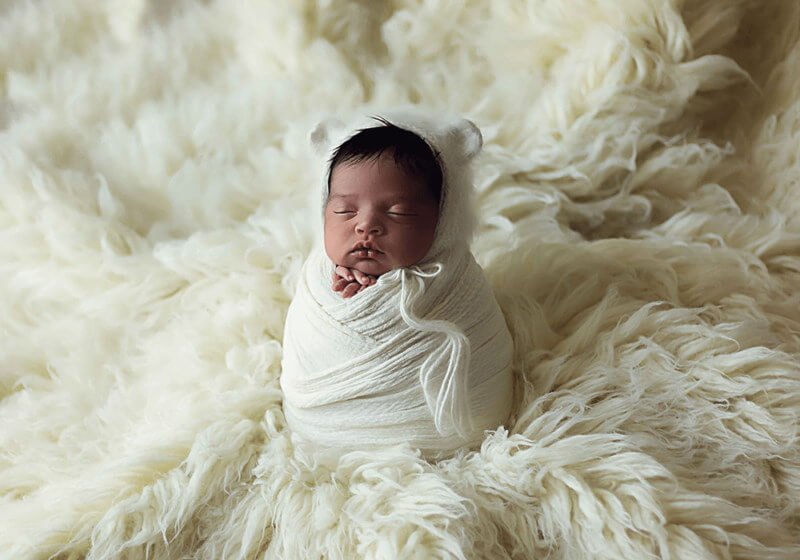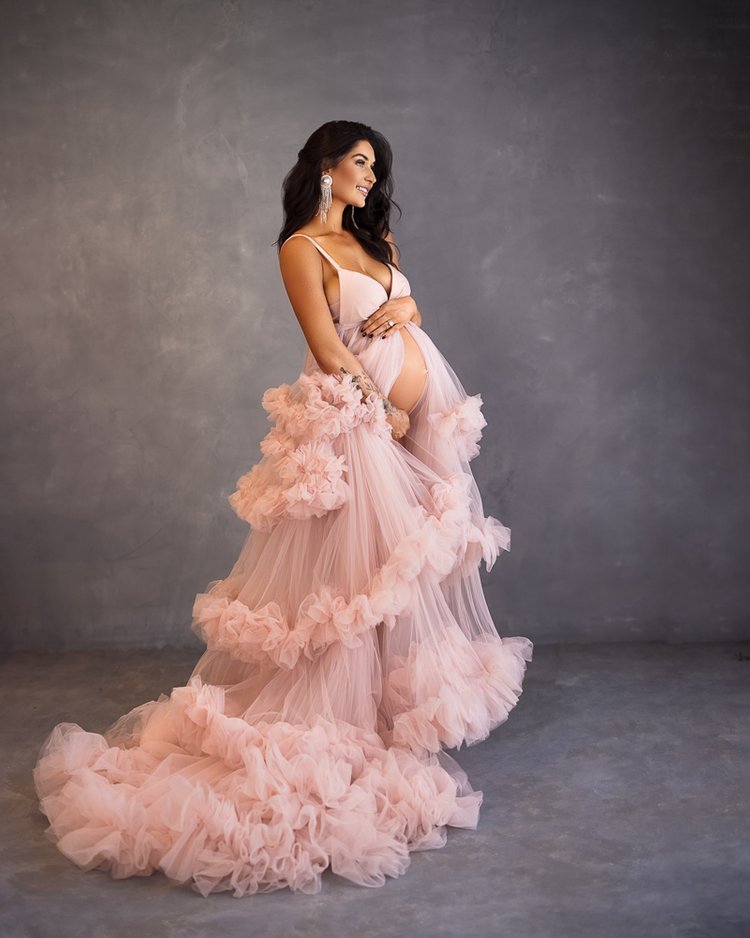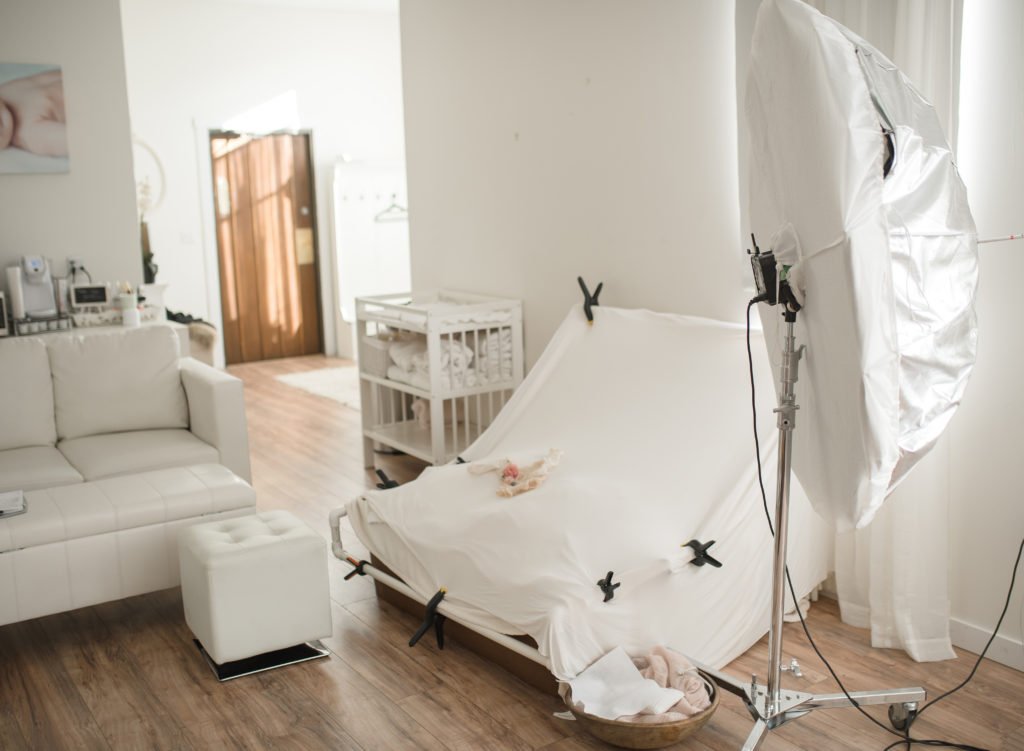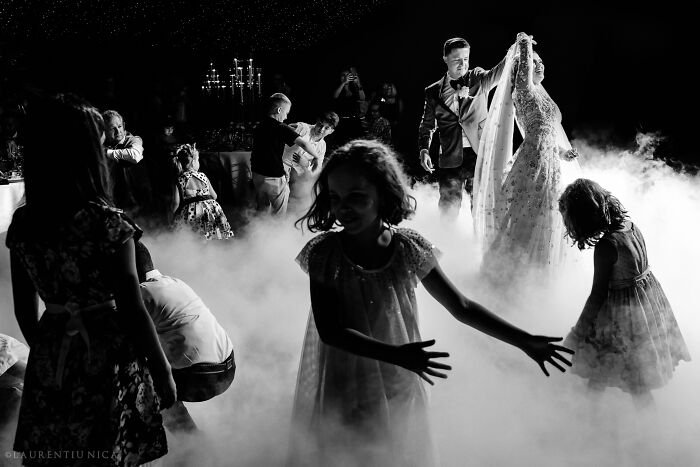Capture the magic of love under the stars with our guide to night wedding photography. Learn how to master low-light situations and create dazzling images that will glow forever.
Capturing the Magic: Tips for Stunning Night Wedding Photography
When photographing a wedding at night, it’s important to remember that proper lighting is key. Using artificial lighting such as off-camera flashes or continuous lights can help illuminate the scene and create stunning images.
Another tip for night wedding photography is to adjust your camera settings accordingly. This may include increasing your ISO to capture more light, using a wider aperture to let in more light, and slowing down your shutter speed to allow more light to reach the sensor.
Don’t be afraid to get creative with your compositions. Experiment with different angles and perspectives to capture unique and artistic shots that showcase the magic of the night.
Lastly, remember to embrace the darkness and use it to your advantage. By playing with shadows and contrast, you can create dramatic and captivating images that truly capture the essence of a night wedding.
Wedding Photography with Sony Cameras. Quick Guide for Beginners 2023
Event Photography: How to Use Flash and Make it Look Natural!
Can wedding photos be taken at night?
Yes, wedding photos can absolutely be taken at night! In fact, night time can provide a unique and romantic backdrop for stunning wedding photographs. To capture beautiful night time wedding photos, photographers can use techniques such as off-camera flash, ambient lighting, or even creative light painting. It’s important to have the right equipment and expertise to ensure that the photos turn out beautifully even in low light conditions. With the right skills and tools, night time wedding photos can be truly magical.
How to capture night wedding photography tips?
When capturing night wedding photography, here are some tips to keep in mind:
1. Use a tripod: Since lighting conditions are low at night, using a tripod is essential to prevent camera shake and maintain sharp images.
2. Adjust your camera settings: Experiment with your camera settings such as aperture, ISO, and shutter speed to achieve the desired exposure. A wider aperture and higher ISO may be necessary for low-light situations.
3. Consider using artificial lighting: To light up the scene, you can use off-camera flash or continuous lighting. This will help illuminate the subjects and create a more dynamic composition.
4. Focus on composition: Pay attention to framing and composition, as they play a crucial role in night photography. Incorporate elements such as leading lines, reflections, and silhouettes to add interest to your photos.
5. Capture candid moments: Nighttime can create a magical atmosphere that enhances the emotions of the event. Be prepared to capture candid moments and emotions that unfold naturally throughout the evening.
6. Shoot in RAW: Shooting in RAW format allows for more flexibility when editing the photos later. This is especially useful for adjusting exposure and white balance in post-processing.
Remember to practice and experiment with different techniques to find what works best for your style of wedding photography.
How can you take photos at a dark wedding?
When shooting at a dark wedding venue, it’s essential to be prepared and equipped with the right gear to capture stunning images. Here are some tips to help you take photos in low light conditions:
1. Use a fast lens: A lens with a wide aperture, such as f/2.8 or wider, will allow more light to reach the camera sensor, enabling you to shoot in low light situations without having to increase the ISO too much.
2. Increase your ISO: While high ISO settings can introduce noise into your images, it’s better to have a slightly noisy photo than a blurry one due to camera shake. Find a balance between a high enough ISO to capture the scene and keep the noise levels acceptable.
3. Use off-camera flash: Consider using off-camera flash to add light to your subjects and scene. This can help to create a more balanced exposure and reduce harsh shadows.
4. Adjust your camera settings: Experiment with different shutter speeds and apertures to find the best combination for the available light. Shoot in manual mode to have full control over your settings.
5. Look for existing light sources: Take advantage of any available light sources, such as candles, string lights, or ambient room lighting. Position your subjects near these sources to create a more flattering and visually interesting shot.
6. Embrace the darkness: Sometimes, embracing the darkness can lead to dramatic and artistic photos. Use silhouettes, shadows, and creative lighting techniques to capture unique moments.
Remember to practice and familiarize yourself with your gear before the wedding day to ensure you’re prepared to handle low light situations effectively.
What settings should I use for night photography?
When shooting night photography in the context of Wedding Photography, it’s important to use the right camera settings to capture stunning images. Here are some recommended settings to consider:
1. Use a wide aperture: Set your aperture to the widest possible (lowest f-number) to allow more light into the camera lens. This will help brighten your images in low light conditions.
2. Increase ISO: In low light situations, you’ll need to increase your ISO to make the camera sensor more sensitive to light. Start with an ISO of around 800-1600 and adjust as needed.
3. Use a slow shutter speed: Since lighting will be limited at night, you’ll likely need a slower shutter speed to properly expose your photos. However, be careful not to use a shutter speed that’s too slow, as it can result in blurry images due to camera shake.
4. Consider using a tripod: To avoid camera shake when using a slow shutter speed, it’s highly recommended to use a tripod. This will help keep your camera stable and ensure sharp images.
5. Shoot in RAW: Shooting in RAW format allows you to retain more information in your images, making it easier to adjust exposure, white balance, and other settings during post-processing.
By following these settings, you’ll be able to capture beautiful night photography shots during weddings.
Frequent Questions
What equipment is recommended for capturing high-quality night wedding photography?
A full-frame camera body, fast lenses with wide apertures (such as f/1.4 or f/1.8), a sturdy tripod, and an external flash for additional lighting are recommended for capturing high-quality night wedding photography.
How can I effectively use lighting techniques to enhance nighttime wedding shots?
Utilize off-camera flash to create dramatic lighting effects, incorporate ambient lighting to capture the atmosphere, and experiment with long exposures to emphasize natural light sources.
Are there specific challenges to consider when photographing a wedding at night compared to daytime weddings?
Yes, there are specific challenges when photographing a wedding at night compared to daytime weddings, such as dealing with low light conditions, managing artificial lighting, and capturing the mood and ambience of the evening.
In conclusion, night wedding photography offers a unique and enchanting opportunity to capture the romance and magic of a wedding celebration under the stars. With the right techniques and equipment, photographers can create stunning and memorable images that will be cherished for a lifetime. Whether using long exposures, artificial lighting, or creative compositions, embracing the darkness of the night can lead to truly breathtaking results. So, next time you have the chance to photograph a wedding after dark, don’t shy away from the challenge – embrace it and let your creativity shine!







